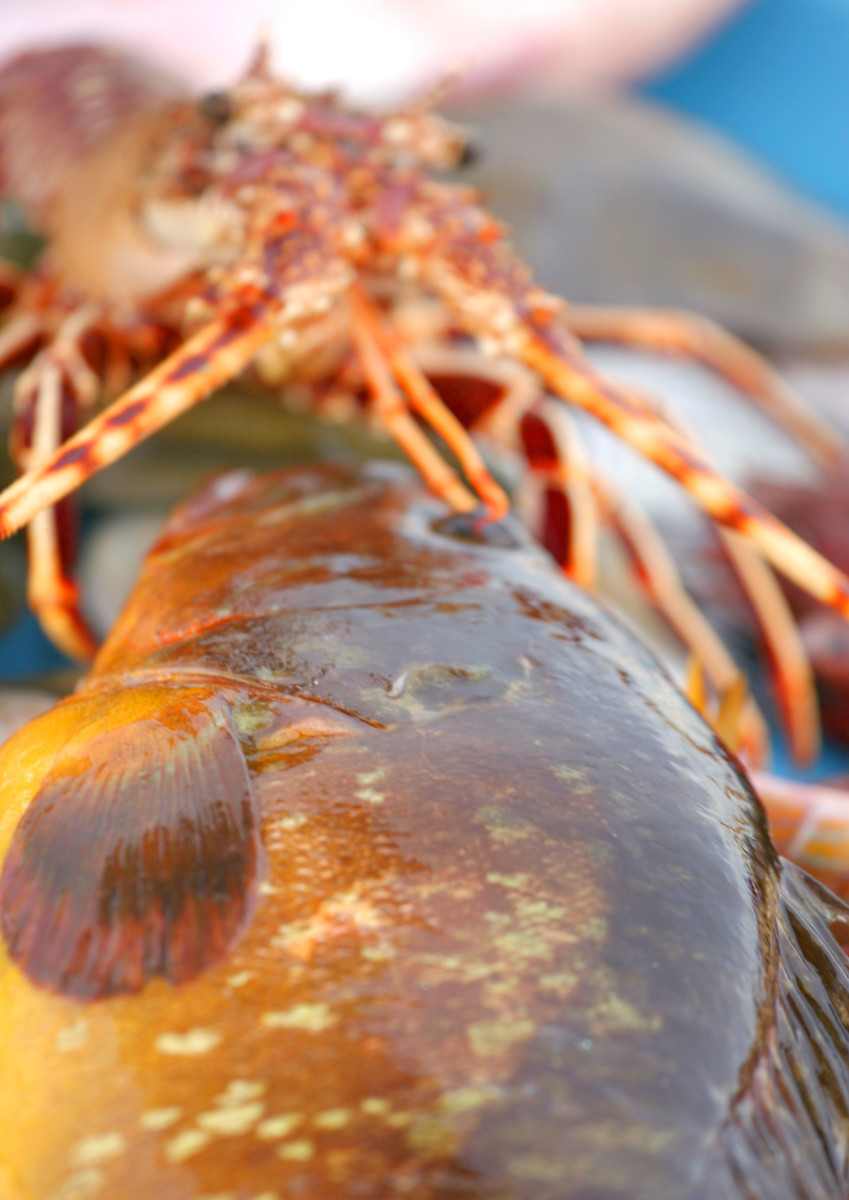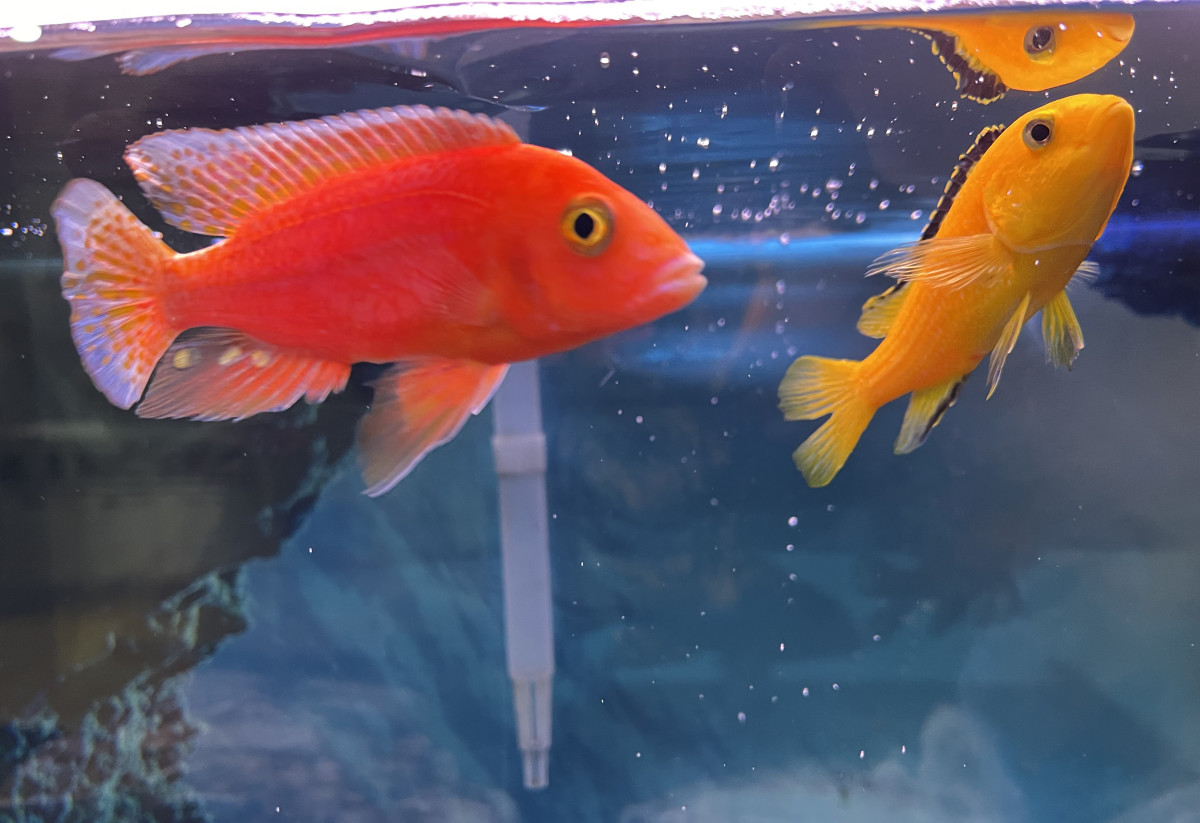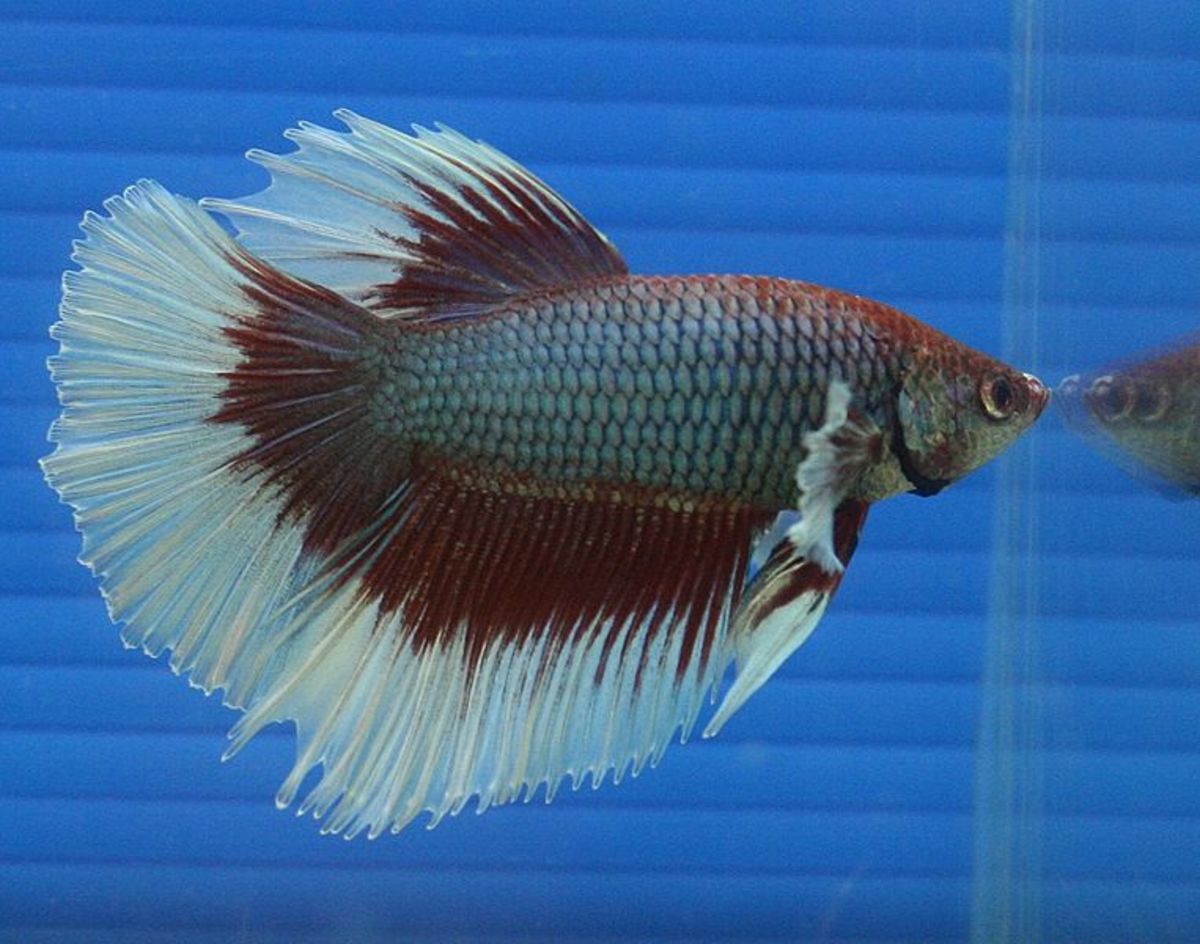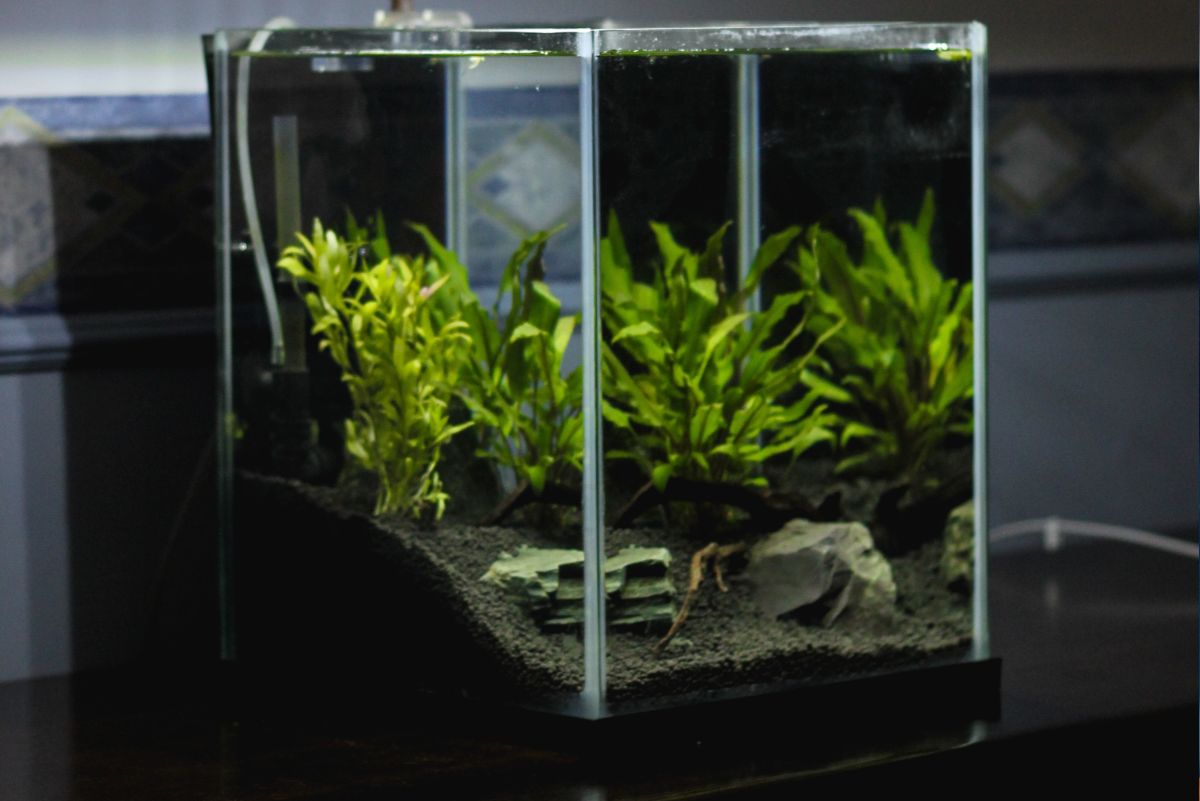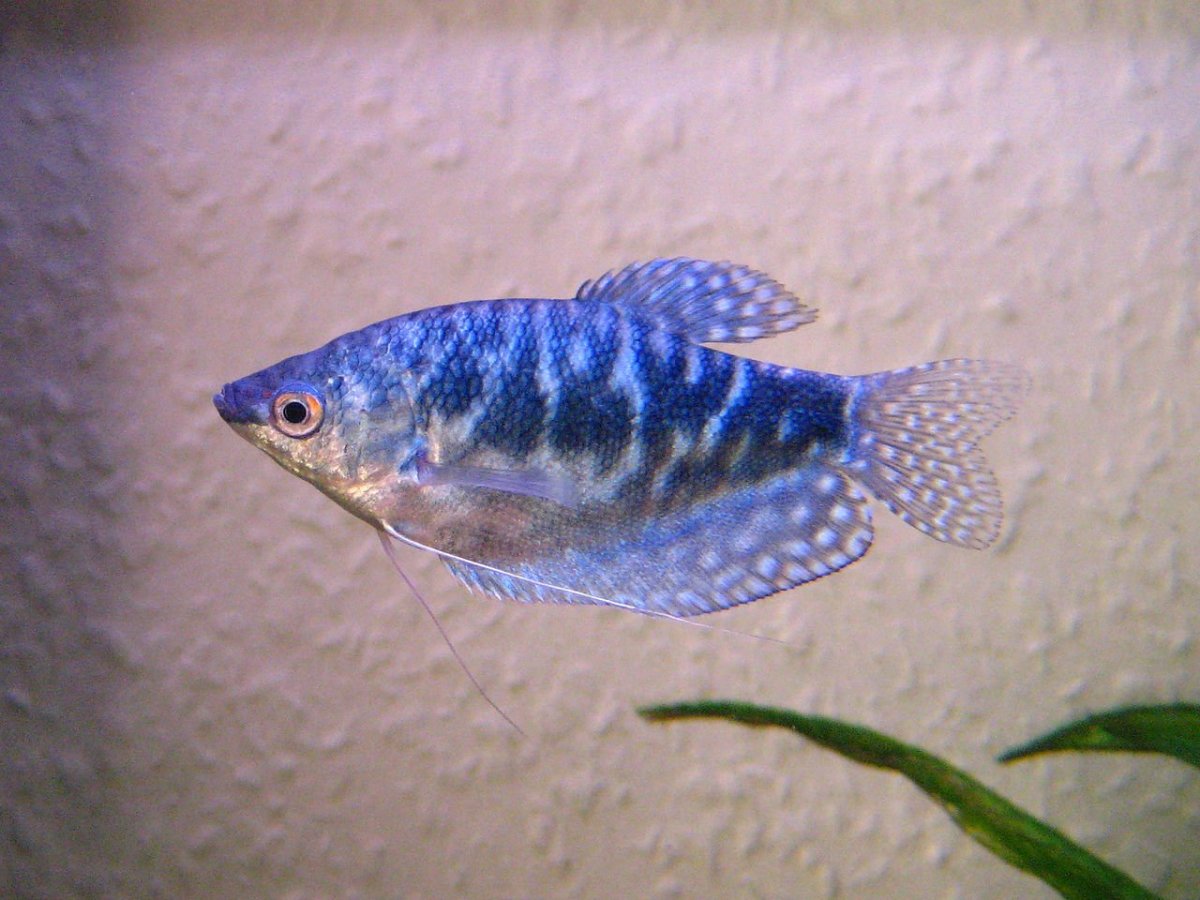How To Setup An Aquarium
A fresh water aquarium is a comparatively low maintenance way of having pets. Here is what is required to set it up: Aquarium, An aquarium stand, Gravel, Background, a filter system, Light, Pump, Heater, Air stone, Plants (natural or fake), Rocks or flower pots and fish and fish food.
Choosing An Aquarium
Aquariums are available in many sizes, from only a few gallons upward. If you’re serious about fish, a 40 gallon tank will keep a generous assortment. One fish per gallon of water is the rule of thumb. Of course, this depends on the size of the fish, and larger fish will need more than one water gallon per fish.

Aquariums are set up and designed either horizontally or vertically. Vertical tanks fit into a more constricted space.
It is significant to think about what type of fish you will be selecting. Angel fish are famous and present best in a horizontal tank. Schooling fish, like as Zebra Danios, are better in vertical tanks.
Aquarium Stand
The aquarium stand accommodates the aquarium, and specific designs have deluxe storage spaces for fish books and fish food. The stand can be made of a different array of materials.
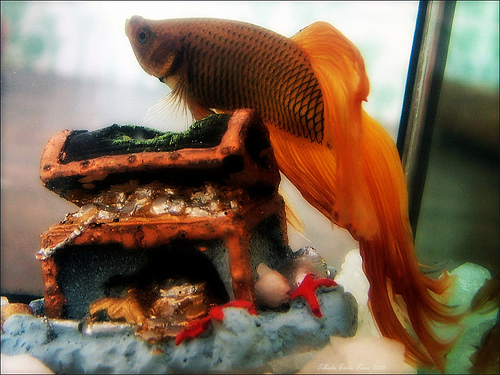
Consider where you are keeping this fish tank and make assure the stand, a furniture piece, and blends with your decoration. Wooden crafted stands are accessible in a variety of styles.
Setting Up the Saltwater Fish Aquarium
Once you attain experience in handling saltwater aquarium, you can go for a complicated one that is a fully reef aquarium. You can decorate and design your saltwater aquarium as per your desire. Given below are few steps, which may aid you in setting up a saltwater fish aquarium.
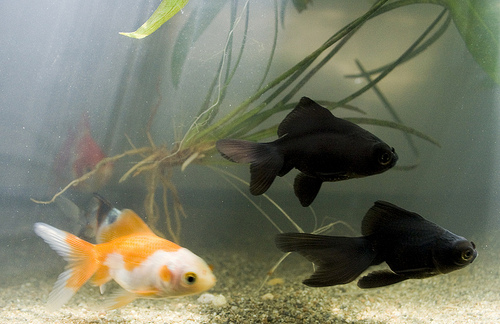
Equipment
The equipment for marine fish aquarium must be durable, so as to endure the salt contain in the aquarium water. In order to prevent rusting by salt, any equipment made up of metal is strongly not recommended.
You can choose stainless steel, metal or plastic coated with
plastic equipment rather than pure metal ones. Just install the equipments like
filter system, power head, sump and heater by following the instructions of the
manufacturer.
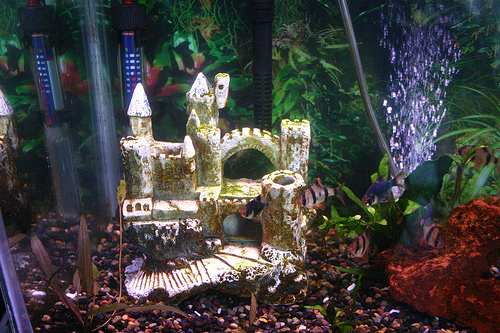
Filtration
Filtration is one of the most significant aspects for setting up a saltwater fish aquarium. The aquarium water must be filtered ands sterilized at the same time. For this aim, you can consider protein skimmer and ozone filtration.
Filtration must be performed in such a way that some useful microbes and bacteria are retained in the water. Protein skimmers clean the organic waste before they get transformed into plant nutrients.
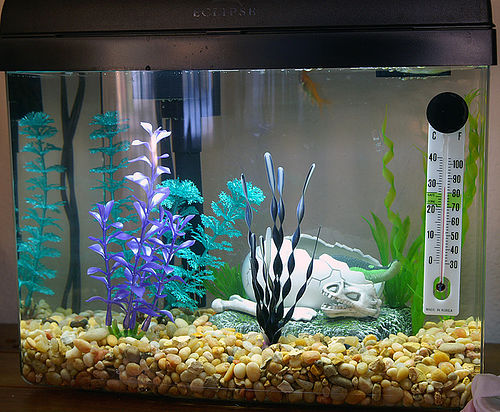
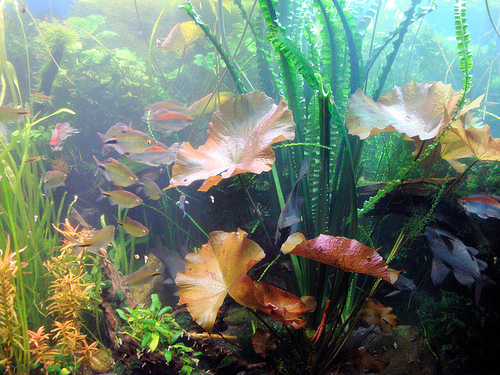
Temperature
Temperature is another criterion that must be maintained carefully in a saltwater fish aquarium.
Most of the marine fish are active between 70 to 75 degrees F and accordingly you can set the heater temperature as well. Closely observe the thermometer level for any change in the temperature in the saltwater fish aquarium.
Lighting
The saltwater aquarium must be placed away from the window or any other opening, where direct sunlight is expected.
Sunlight is
a main triggering factor for the algae of aquarium that are very hard to control. You can
keep the saltwater aquarium near an electric outlet, so as to render easy
access for any temperature fixtures or external light.
How To Setup A Saltwater Tank
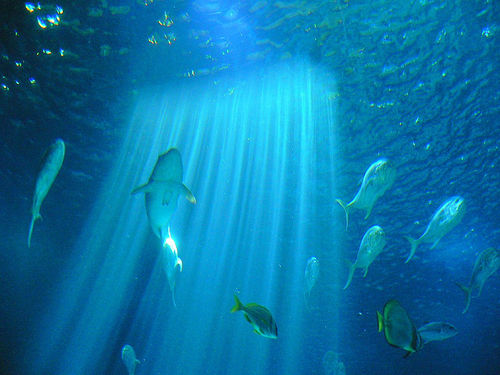
How To Set Up A Freshwater Fish Aquarium?
- First, clean the tank, gravel and decorations with a non-soap-based artifact.
- Set up your aquarium tank stand in an appropriate position.
- Follow the manufacturer's instructions cautiously; hence models differentiate in their installation.
- Add clear and clean gravel into the aquarium tank.
- Keep the plants in, grounding the bottoms in the gravel.
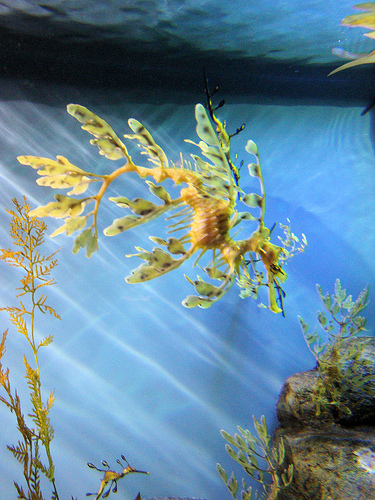
- Fill your aquarium tank with water, leaving approximately an inch at the top. Tap water usually has chemicals in it that are not good for tropical fish. Ask at the fish store if you will need special conditioners, since they will be known with the composition of the local water.
- Initiate the filter system now.
Let everything run for as minimum 24 hours and keep the temperature settings right and the water moving.
Put the newly fish in when all the chemical levels are OK and the temperature of the tank is within tolerances.
How To Set Up A Freshwater Aquarium
More Household Tips
- How To Start A Hobby
A hobby is anything that a person may use to get involve into some activity to pass some of his time. This can be for any reason; sometimes hobbies adopted by people are to fulfill their ambitions and... - How To Grow A Miniature Garden
Do you have green fingers but are restricted by space? Don't worry, grow miniature gardens. They are fun and easy to grow and wonderful to look at. So get hold of some containers and start today! History... - Slugs and snails
Slugs and snails are an absolute menace in the garden as these voracious wee beasties, or not so wee' sometimes - I have seen some absolutely humongous ones - can literally decimate your beautiful garden... - How To Set Up An Aquarium
Keeping fish is fun. But there are a few basic things that you will need to know before beginning your new hobby. It is always better to get an aquarium ready before buying fish as the fish needs to have a...

